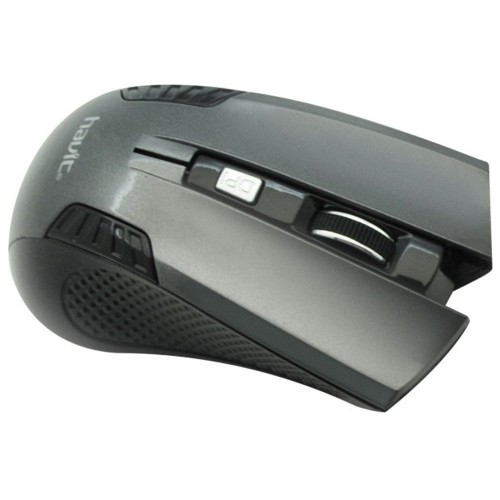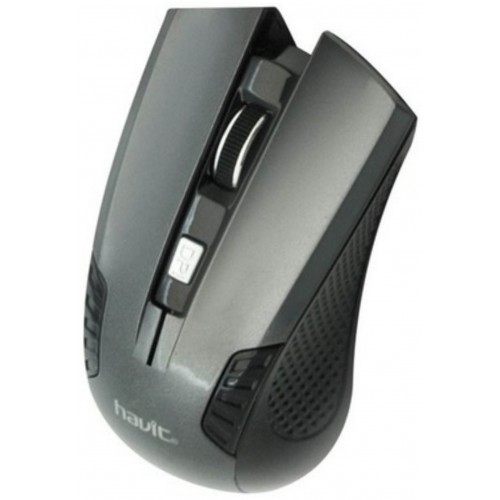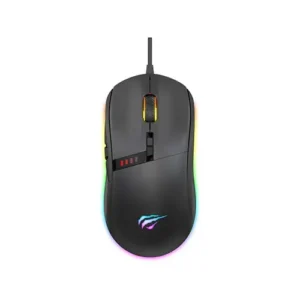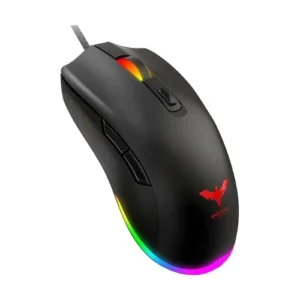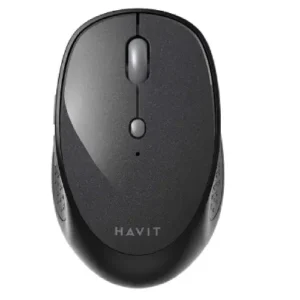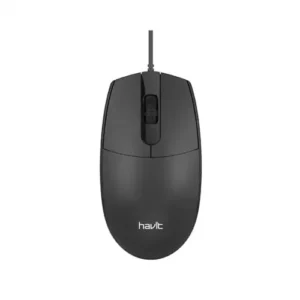Understanding Wireless Optical Sensor Technology
Wireless optical sensor technology plays a pivotal role in the functionality of modern wireless optical mice. These devices rely on light-emitting diodes (LED) and photodetectors to track movement across surfaces without the need for a physical connection. A key aspect of this technology is its wireless connection, typically using a 2.4 GHz frequency. This frequency offers a reliable communication channel between the mouse and the receiver, enabling responsiveness and minimizing lag. Users can enjoy the convenience of movement without being restricted by cables, with an effective range of up to 10 meters, allowing for versatile usage across different environments.
In addition to the wireless aspect, DPI (dots per inch) settings are crucial for determining the sensitivity and accuracy of the mouse. Common DPI settings for wireless optical mice include 800, 1200, and 1600. A DPI of 800 is generally sufficient for casual tasks such as web browsing and document editing, while 1200 is preferred for standard workplace use, offering enhanced precision. For gaming enthusiasts who require swift and accurate movements, a DPI setting of 1600 is often ideal, ensuring quick response times during fast-paced gaming scenarios. The ability to switch between these settings provides users with customizable options that accommodate both productivity and recreational needs.
When considering alternatives, potential users may contemplate wired optical mice, which offer a consistent connection without concerns of battery life or interference. However, this option necessitates awareness of cable lengths, which may limit movement and create a cluttered workspace. Ultimately, the advantages of wireless optical sensors, including freedom of movement and wireless technology benefits, outweigh the potential drawbacks, making them a favored choice among various user demographics.
Physical Specifications and Gaming Features
The wireless optical mouse is a contemporary solution that combines sleek aesthetics with practical functionality. Typically offered in a minimalist black design, it effortlessly complements a variety of setups, offering a stylish yet professional appearance. Weighing in at around 100 grams, this lightweight structure significantly enhances user comfort and ease of portability. For individuals who require frequent mobility, such as gamers or professionals who travel, the design of the wireless optical mouse makes it an ideal companion. The lightweight form factor minimizes fatigue during extended use, allowing users to maintain focus and productivity without the burden of heavier peripherals.
In addition to the physical specifications, the wireless optical mouse introduces several gaming features that cater specifically to gamers’ needs. The mouse typically includes four programmable buttons that enhance gameplay by offering quick access to essential commands. This level of customization allows users to assign specific functions or macros to each button, facilitating seamless gaming experiences. The ability to swiftly execute commands can be a game-changer in fast-paced scenarios, where millisecond differences in response time can have significant impacts on gameplay effectiveness.
Comparing wireless optical mice to traditional wired options reveals several advantages. While wired mice are often favored for their consistent connection and lower latency, advancements in wireless technology have minimized these gaps significantly. Many high-quality wireless optical mice now feature low-latency connections, ensuring that performance remains on par with their wired counterparts. Furthermore, the absence of cables enhances usability by providing greater freedom of movement, allowing users to shift their hands and engage in a wider range of activities without being tethered to a computer. Consequently, the choice between wired and wireless mice ultimately hinges on personal preference, as modern wireless options provide compelling features without compromising on performance.
